
Lone working in manufacturing
Why is lone working important to the manufacturing industry? To answer that, it is important to first understand the scale of the topic. Manufacturing is
Browse a wide selection of informative articles on lone working, health and safety, sector safety, and more!

Why is lone working important to the manufacturing industry? To answer that, it is important to first understand the scale of the topic. Manufacturing is
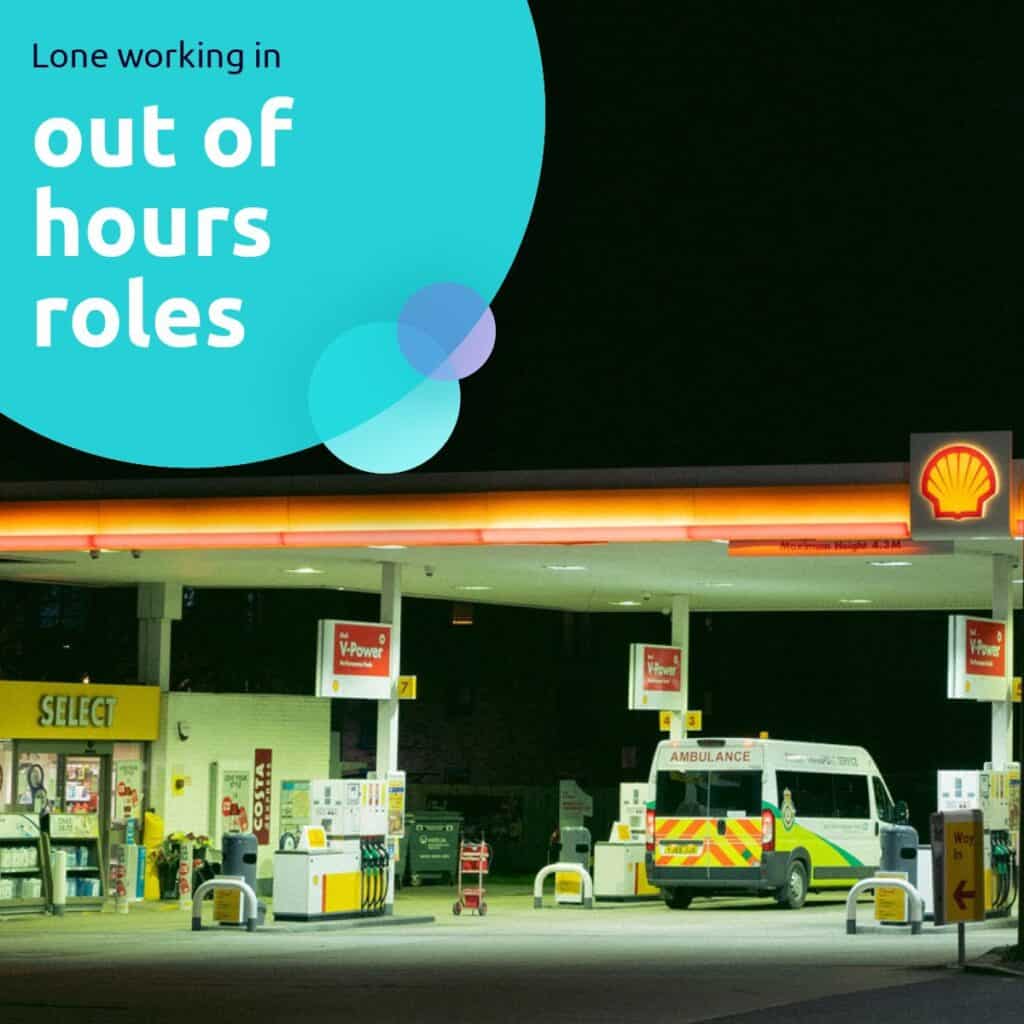
In sectors such as security, transport, health and social care, retail, hospitality, cleaning, and maintenance, the risk of working alone can combine with the risks
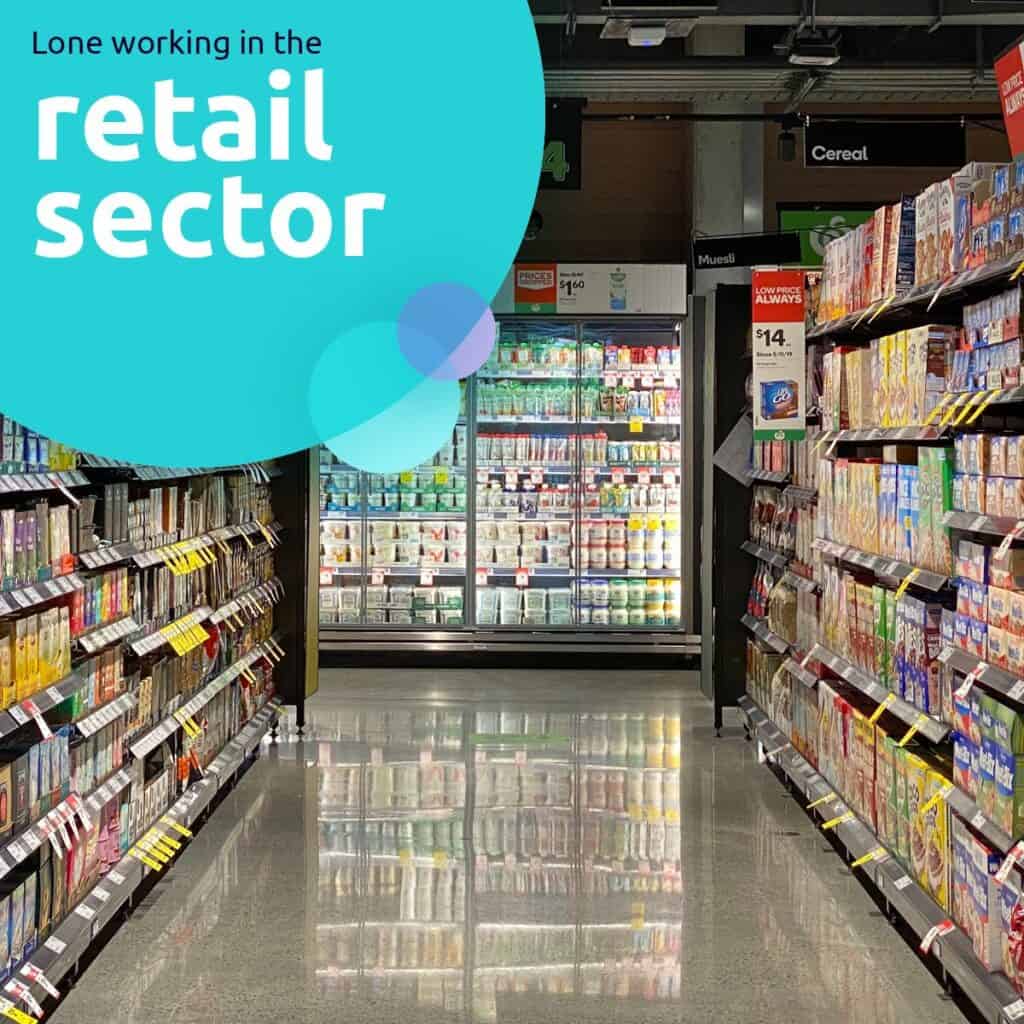
An introduction to lone working in retail Many retail workers spend some or all of their time working alone. Our first thoughts might go to

An introduction to lone working in renewables Many workers in the renewable energy sector will spend at least some of their time working alone. A

How to use warning signs Whatever your business does –construction, manufacturing, healthcare, customer service, or anything else– it’s important to identify and flag hazards. That’s
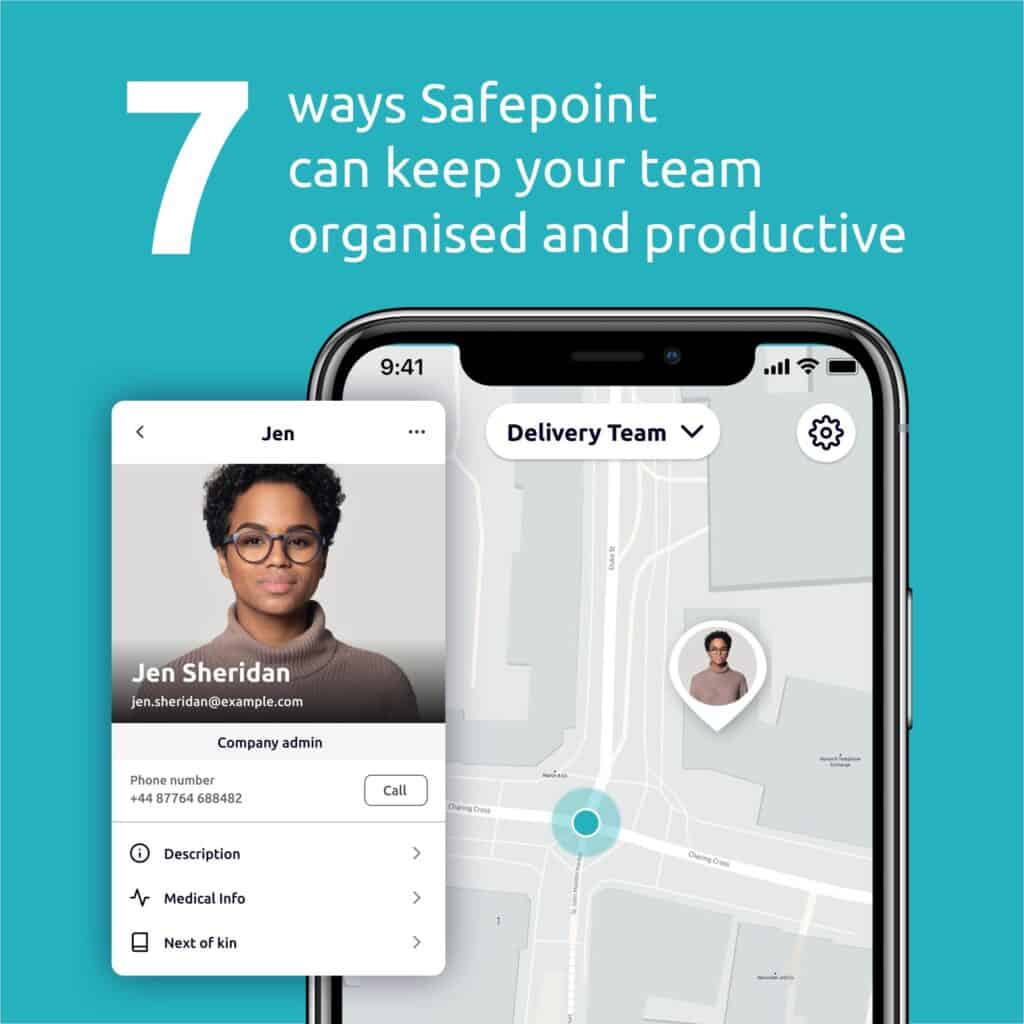
Safepoint not only provides the most advanced lone worker solutions on the market, we also are focused on making businesses more productive, while making life easier for remote and flexible workers.
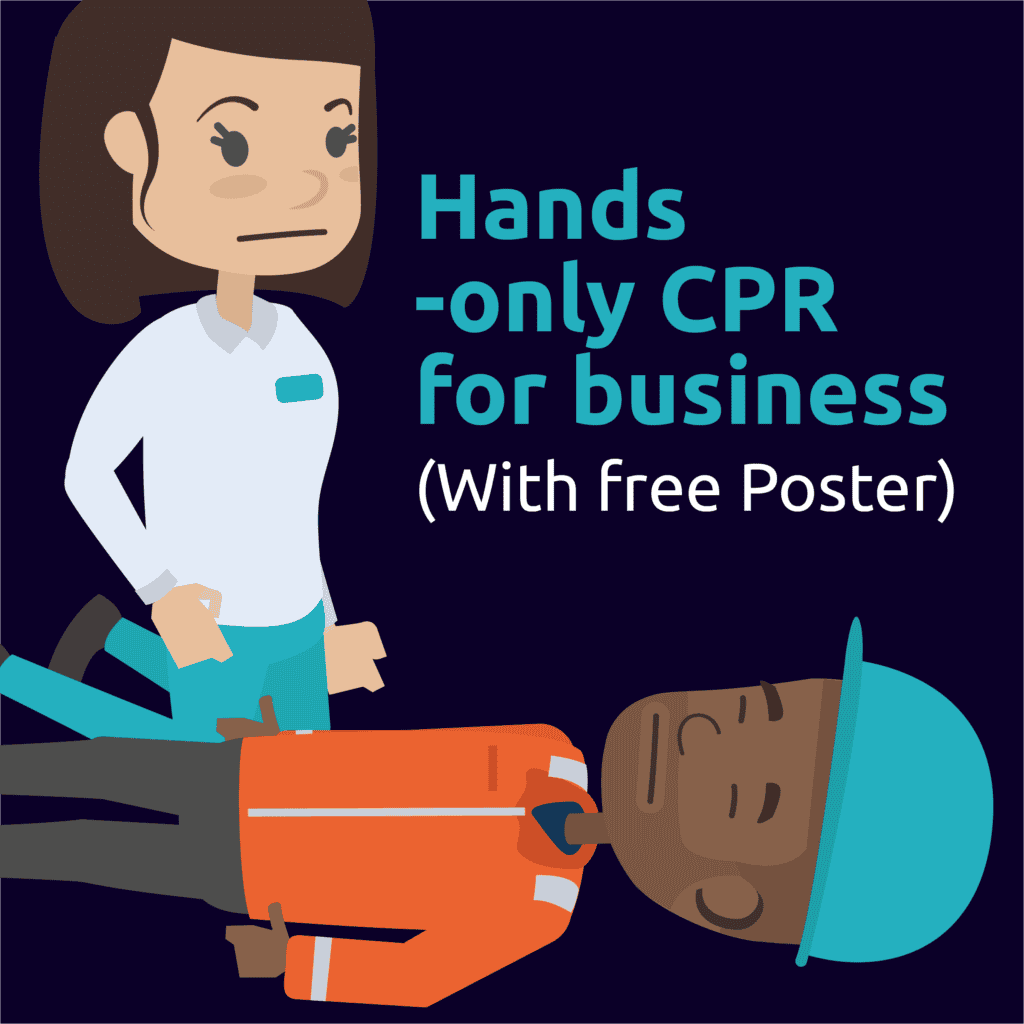
Due to its simplicity, hands-only CPR is encouraged by groups such as the British Heart Foundation as an easier way for untrained bystanders to perform CPR.

PPE (Personal Protective Equipment) is equipment provided by an employer to help protect their staff from workplace hazards…
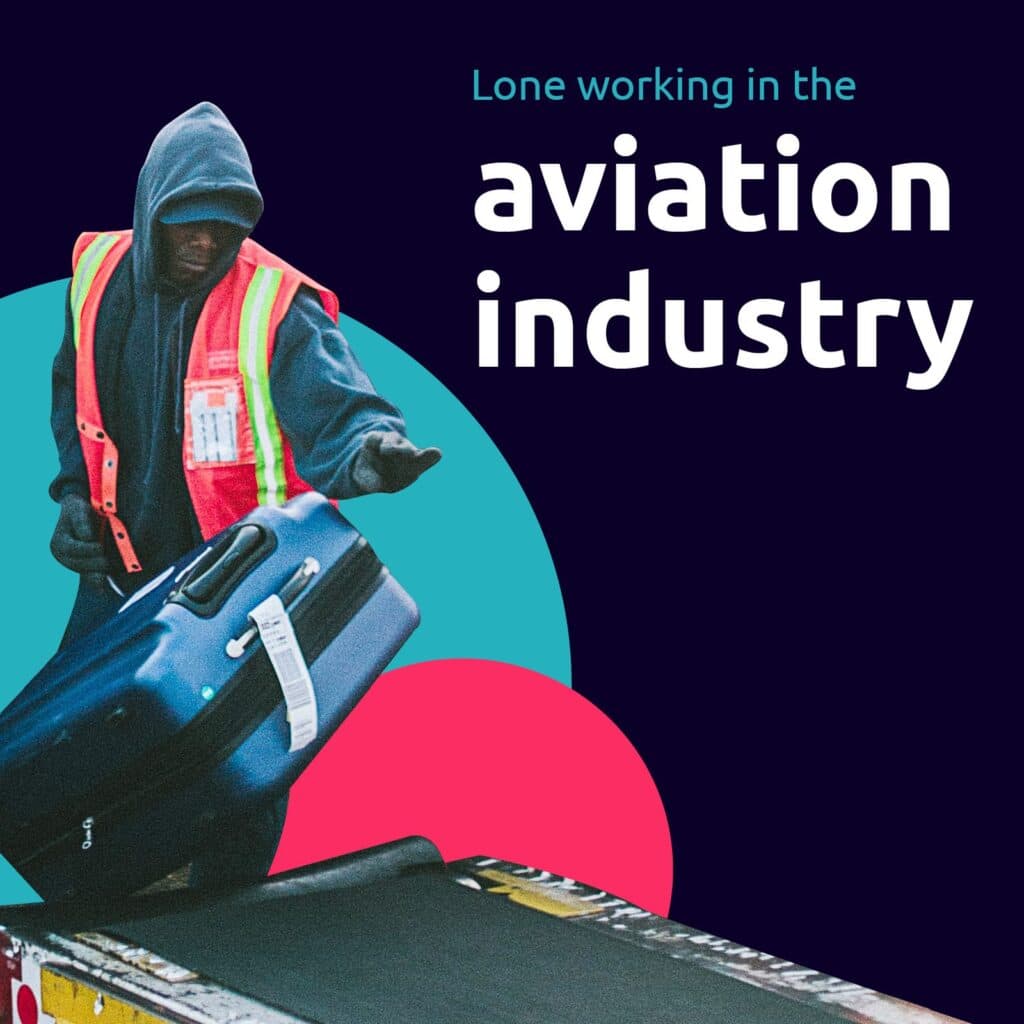
In this article, we’ll look at some of the fundamental risks associated with the aviation industry, how risks are changing, and how these tie in to lone working.

Health and safety law says ladders can be a sensible and practical option for low-risk, short-duration tasks, although they should not automatically be your first choice for working at height.
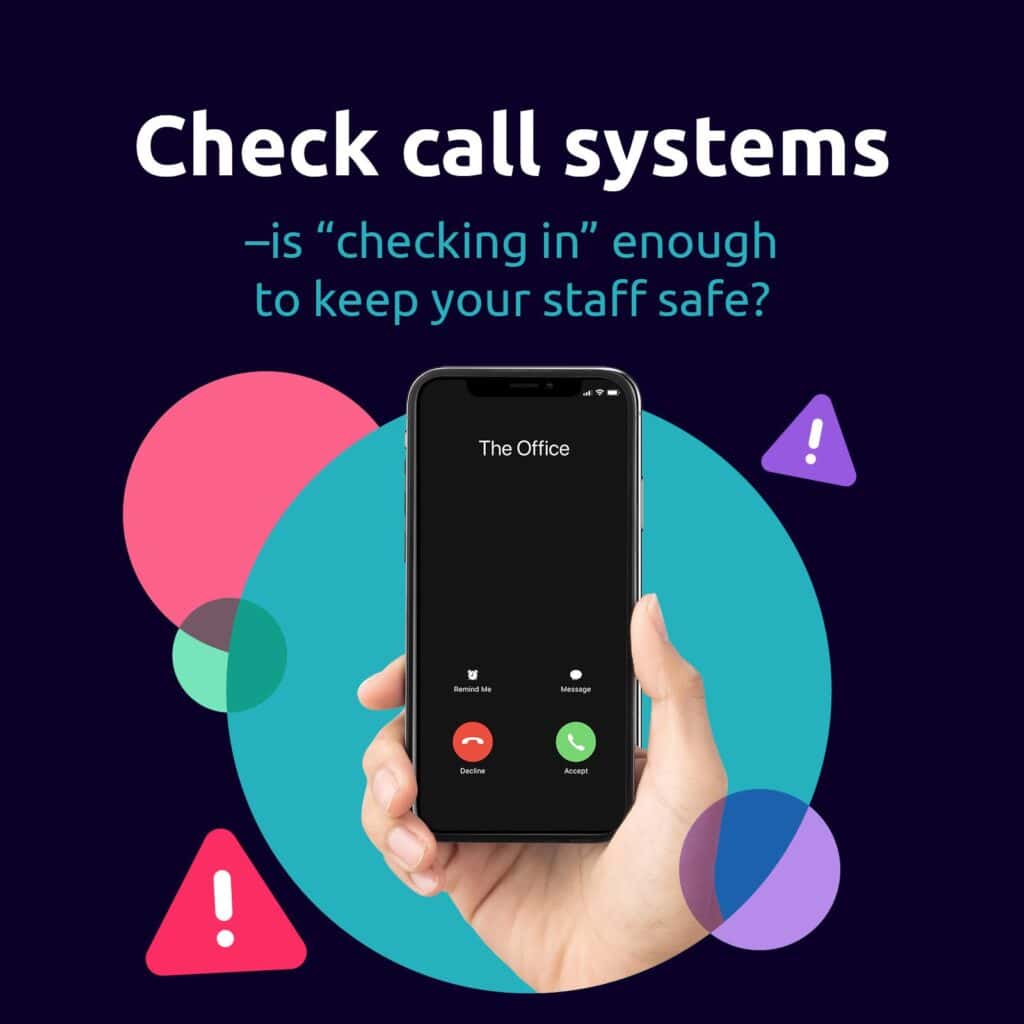
For those that work in these higher-risk roles, periodic check calls can provide a simple and cheap method for checking in with staff but are there downsides?…
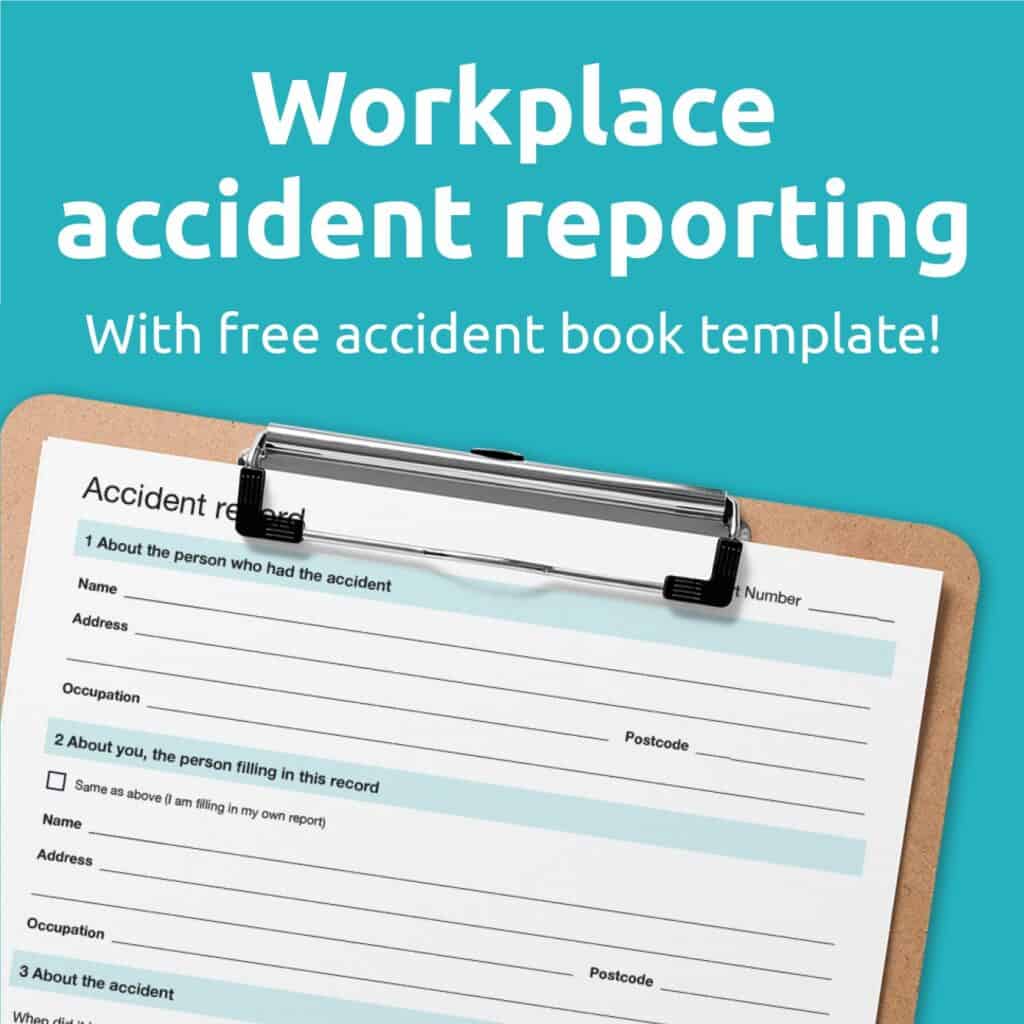
Organisations with more than 10 employees must have an accident book. This may be a physical book or a digital system, but it needs to be secure and confidential.
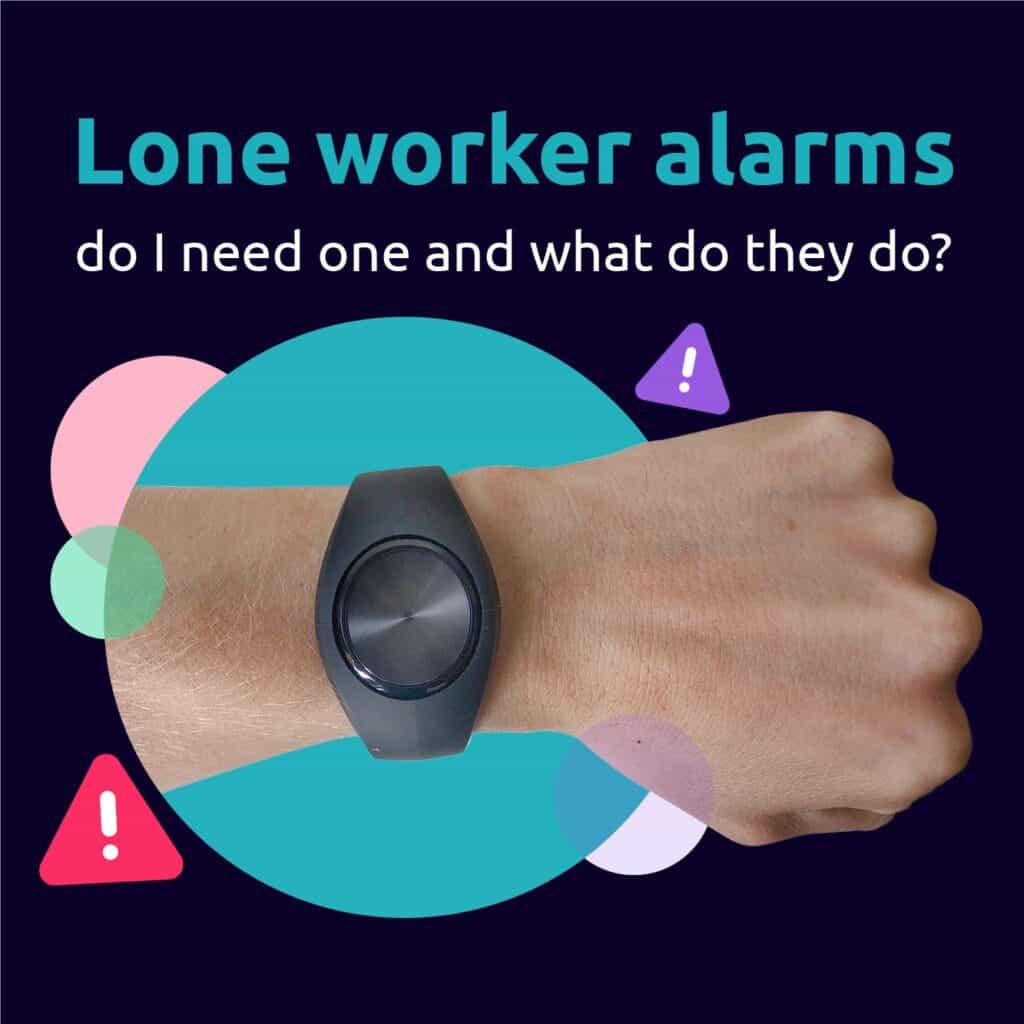
There are no hard and fast rules on which lone workers do and do not need an alarm, however, organisations do have legal a duty to find a lone working solution appropriate to their workers’ level of risk.

Whether within the school grounds, in the community, on a school trip, or even while working at home, the safety of those working alone (lone workers) must be specifically addressed within your school’s risk assessment.
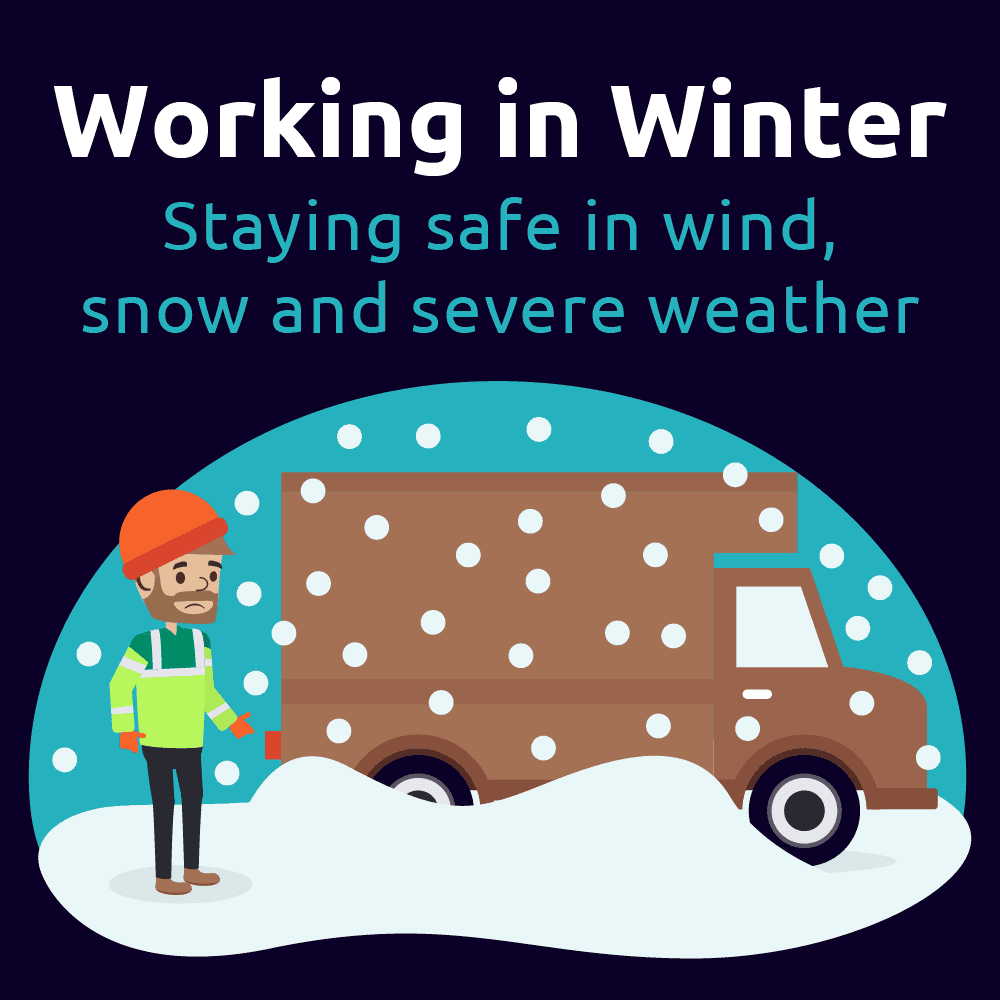
For those working outside, at heights or on the road, autumn and winter can bring a higher risk of injury. With the colder weather comes a number of risks…
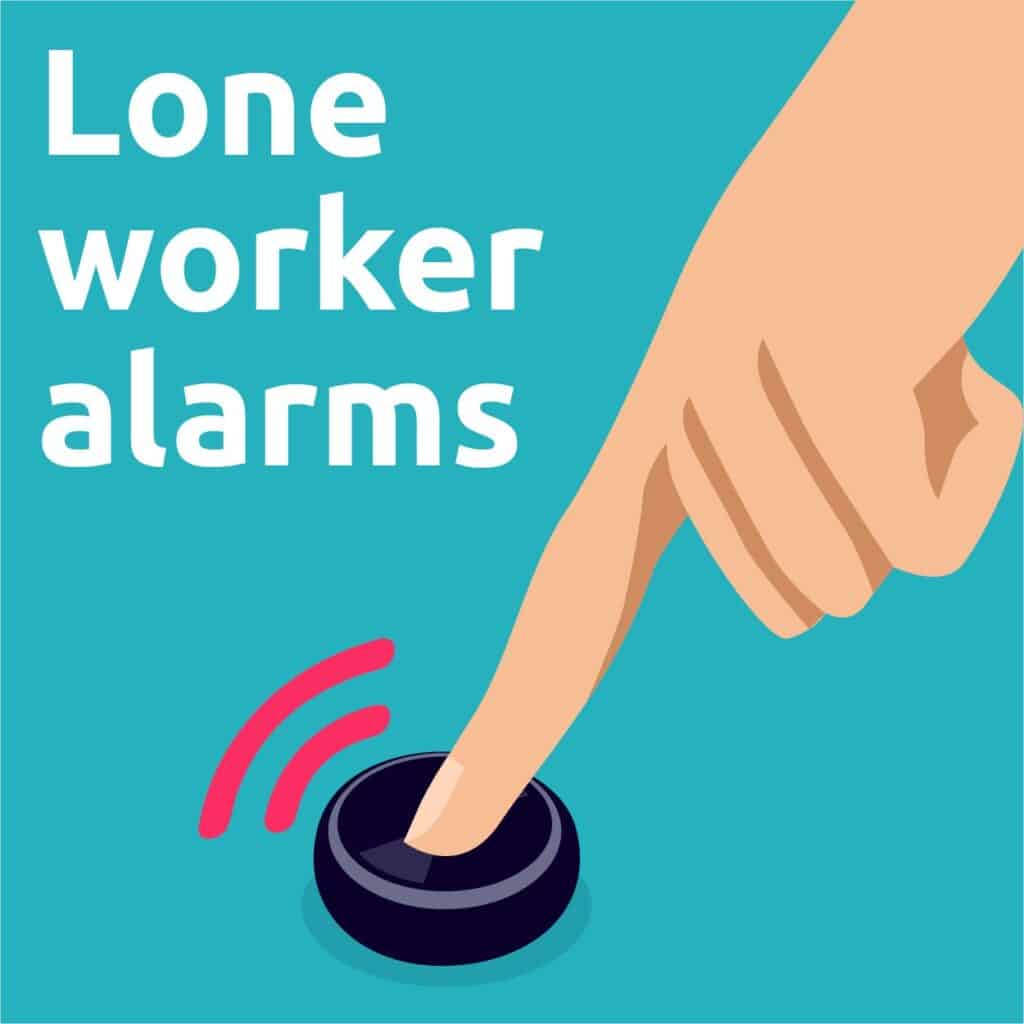
Lone worker alarms –provided through standalone devices, Bluetooth buttons and bespoke apps– make it simple for at-risk workers to get the help they need, wherever they are.
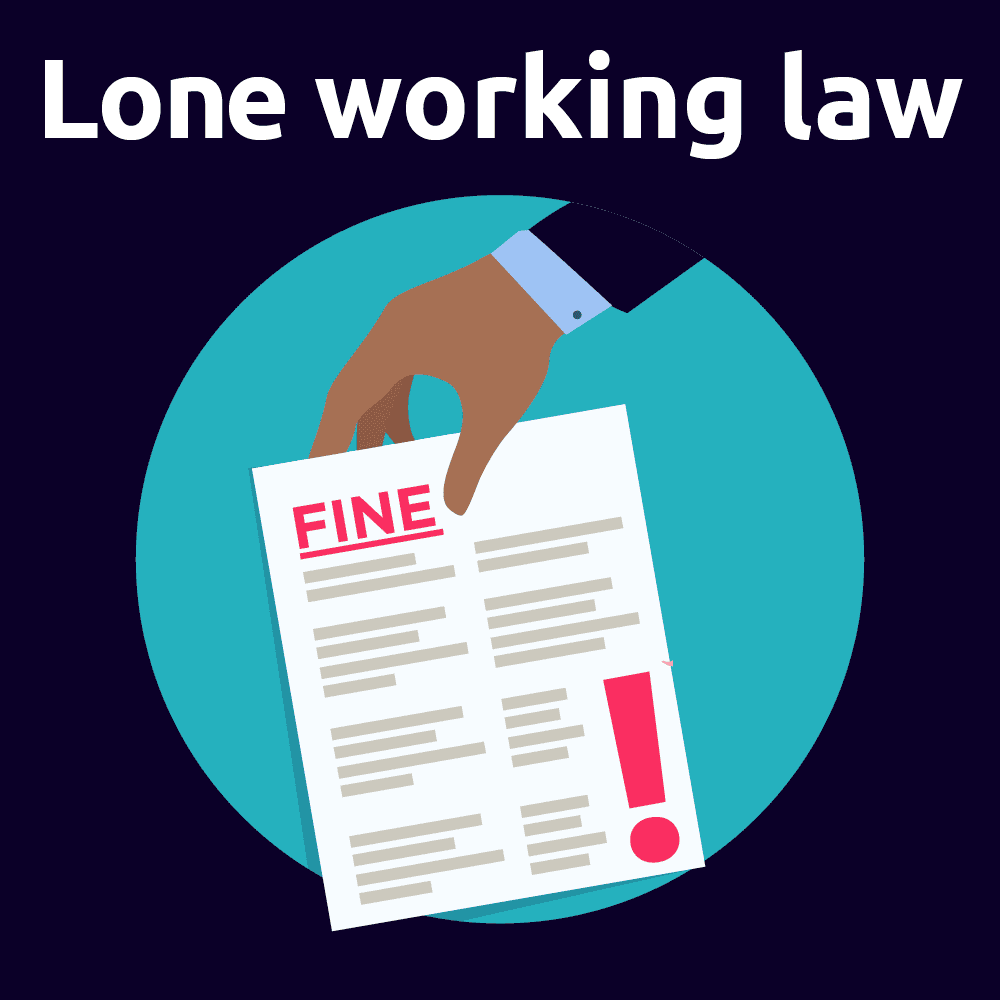
However, while working alone may be legal, for some roles it may not be appropriate or safe.
If a staff member is required to work alone, provisions must be made to keep them safe.
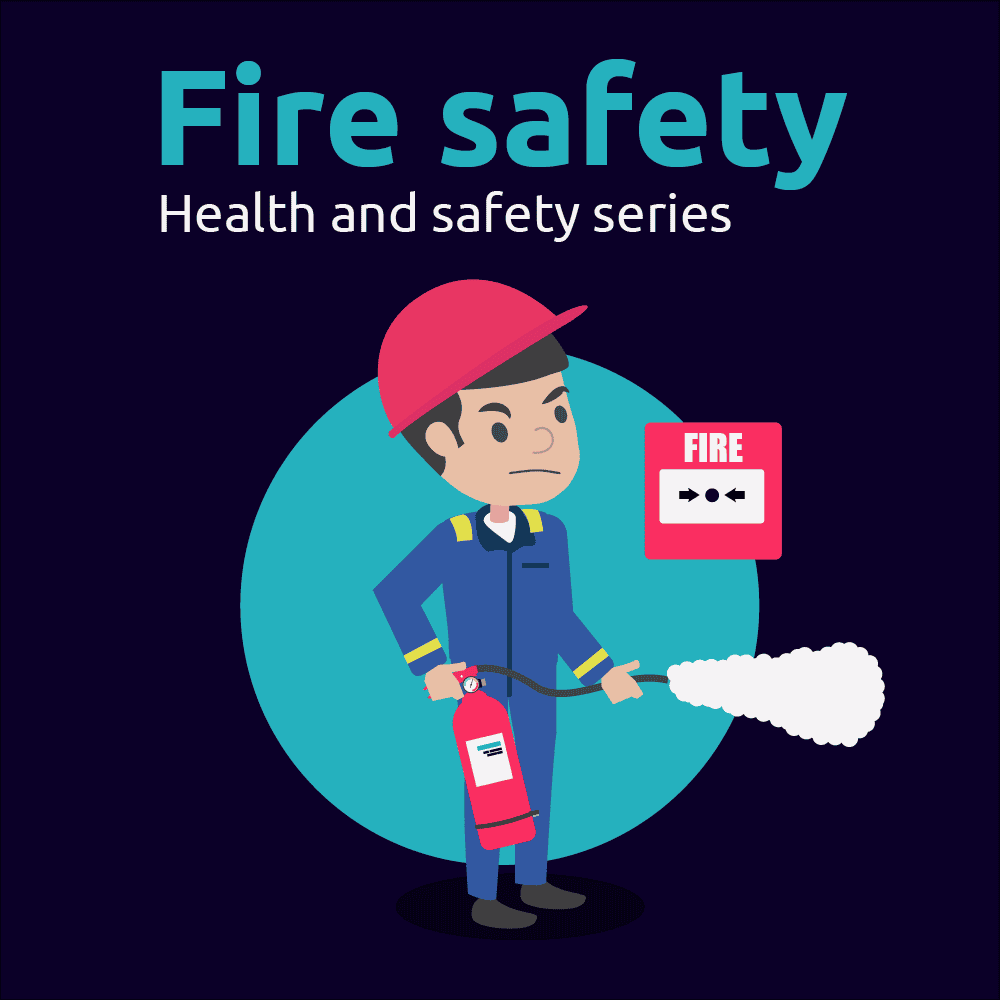
Fire safety is something every business should take seriously. In this article, we’ve compiled advice from respected sources to help you keep your employees and your business safe.

Slips, trips and falls are some of the most common causes of in-work injury. In this article you will find some helpful tips that will help keep your team safe.
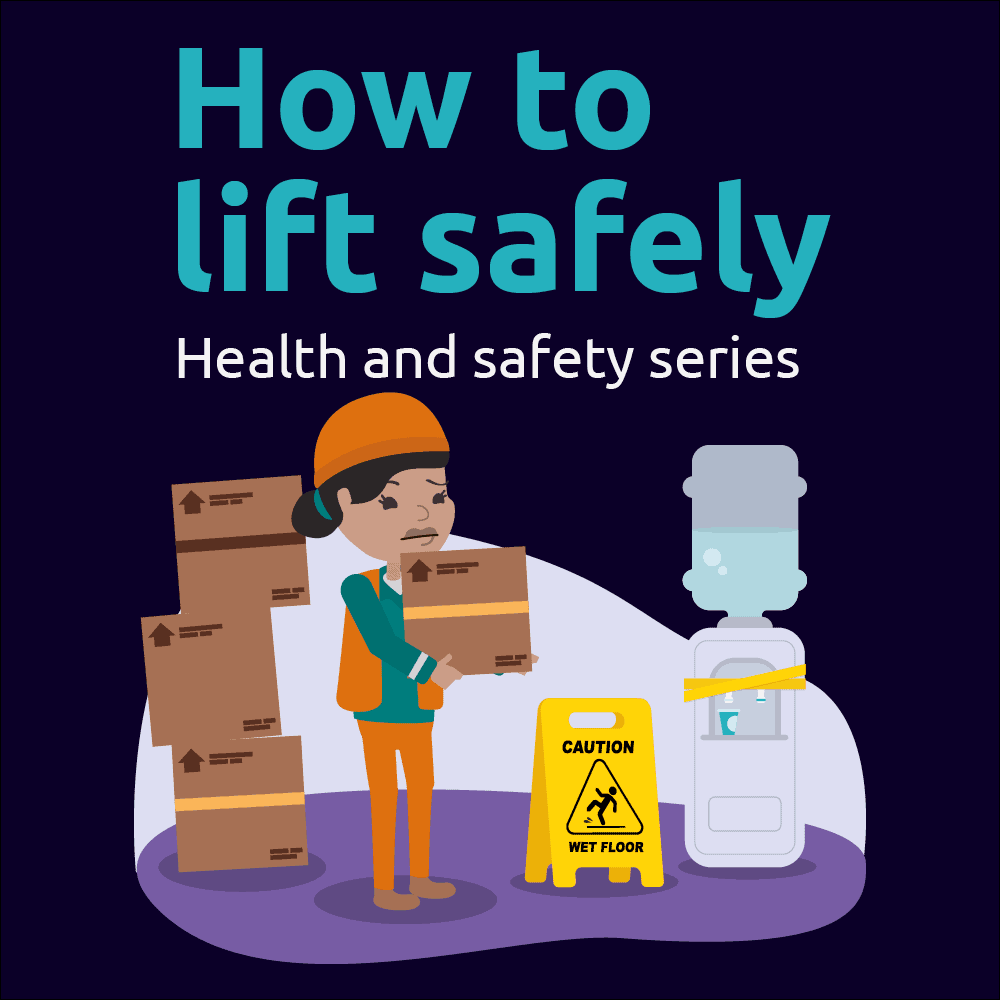
‘Handling, lifting or carrying’ is the second-largest cause of injuries for UK workers (after slips, trips and falls). Injuries caused by ‘manual handling’ can lead to short and long term ill-health, as well as a loss of productivity.